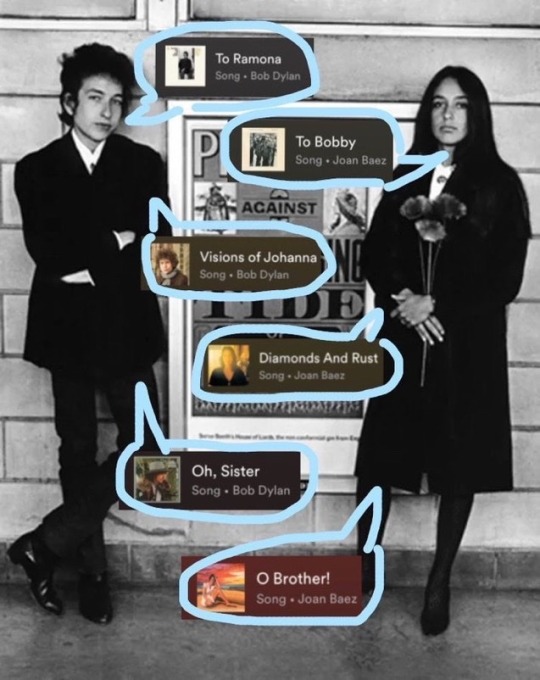Text
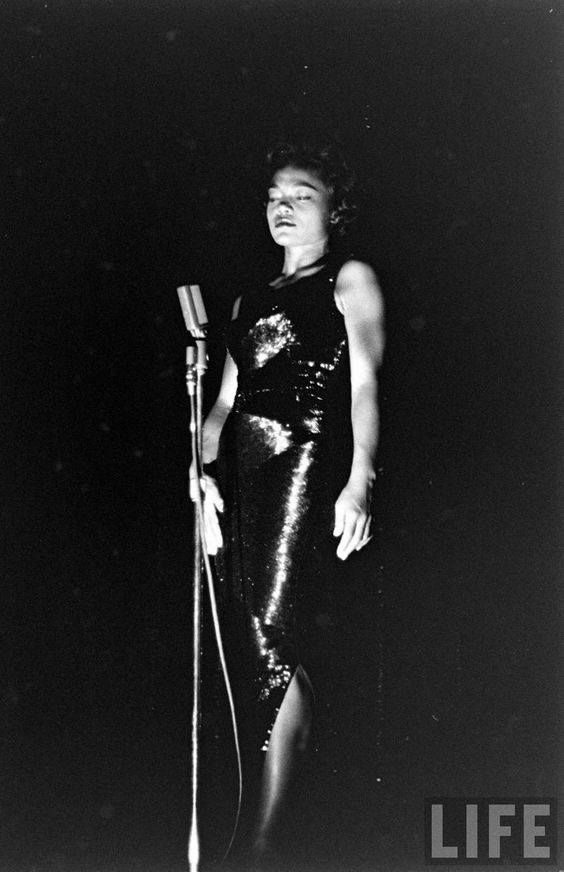
Eartha Kitt by George Silk for Life Magazine, 1955
4K notes
·
View notes
Text





The Rocky Horror Picture Show (1975) dir. Jim Sharman
5K notes
·
View notes
Text
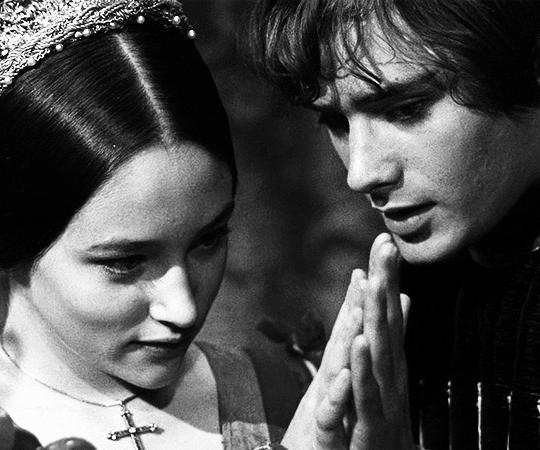

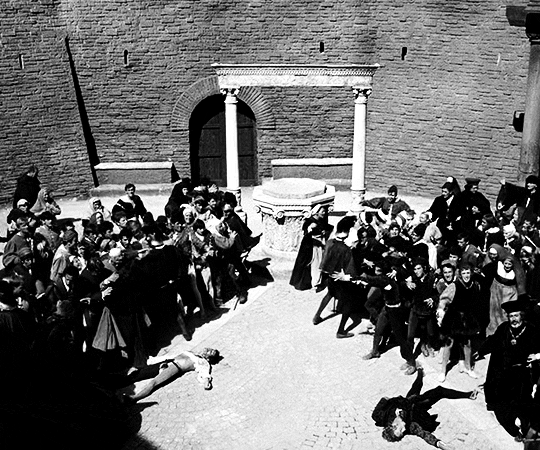
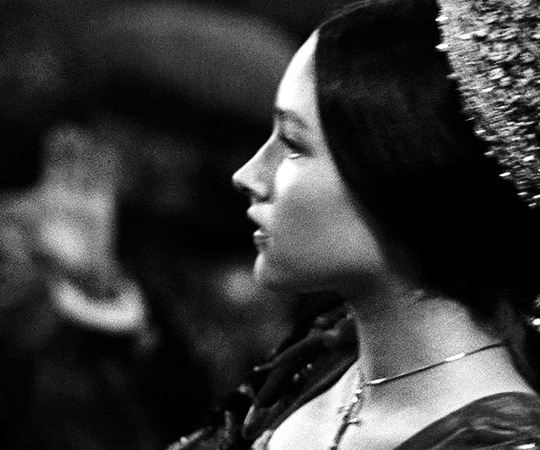
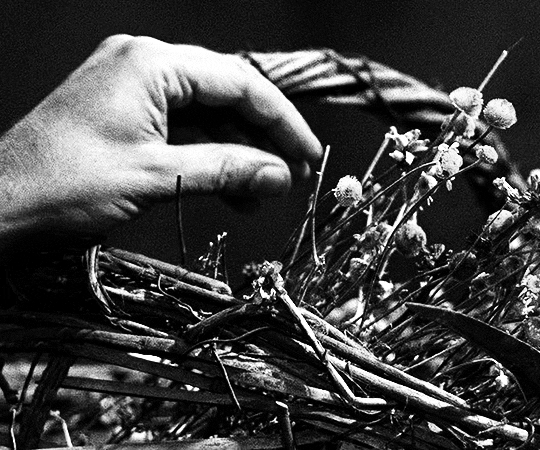

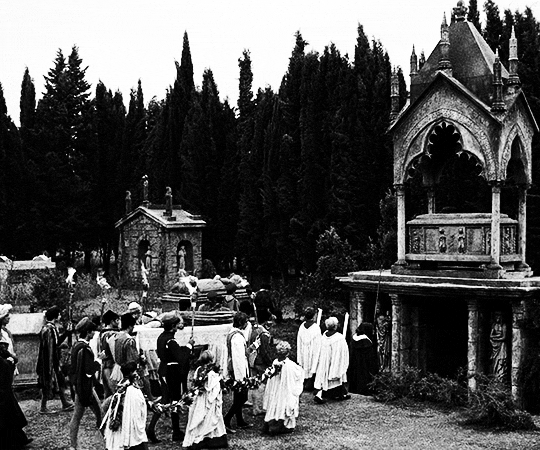
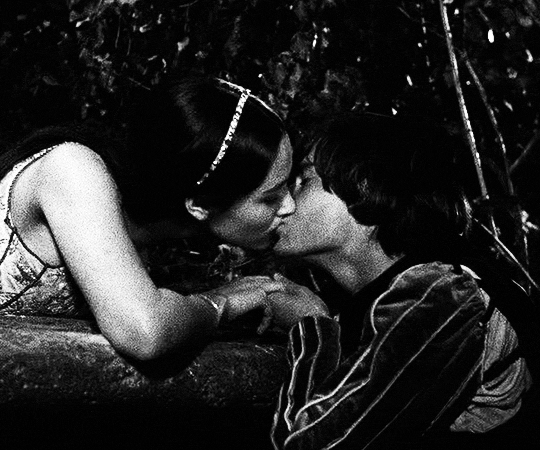
Two households, both alike in dignity, In fair Verona, where we lay our scene. From ancient grudge break to new mutiny, Where civil blood makes civil hands unclean. From forth the fatal loins of these two foes, A pair of star-crossed lovers take their life; Whose misadventured piteous overthrows Do with their death bury their parents' strife.
ROMEO AND JULIET (1968) — dir. Franco Zeffirelli
2K notes
·
View notes
Text
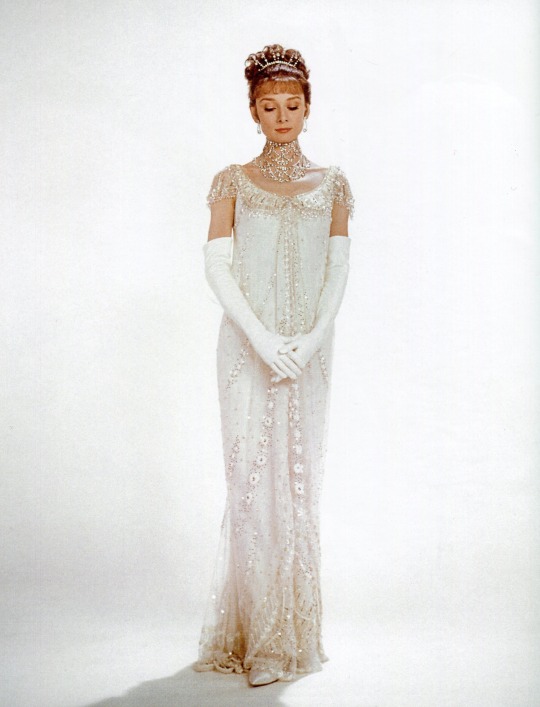
Audrey Hepburn in a publicity photo for My Fair Lady (1964)
3K notes
·
View notes
Text


The Philadelphia Story (1940) dir. George Cukor
923 notes
·
View notes
Photo



The Godfather: Part II 1974 | dir. Francis Ford Coppola
6K notes
·
View notes
Text
Kay's abortion is what cemented her as a great character because even though maybe there was no intention behind it and the overwhelming male response to that scene is anger, it gives a female character agency for the first time in those movies and it's a great commentary on what it meant to be a woman in that context and time.
Everything leading up to that scene: Kay being frustrated with Michael not keeping up the promise of legitimizing the business, the shooting that put her and her kids in danger, (deleted scenes of Anthony trying to get close to mobsters his father received at home and Kay being distressed and taking him away), Michael concerned about the gender of a fetus when hearing his wife had a miscarriage because what is a baby girl worth in this world?, not talking to his wife when arriving home, taking her to court with him expecting her to be dumb or submissive enough to not care about how things went and what happened behind the scenes.
Then, the abortion scene when she tells him she got a SON killed because she would not put more children into the world to be turned into monsters. "Look what happened to our son" because that's what is meant to happen to boys in that world. Girls are expandable and boys are conditioned.
Kay was right. Kay got herself out and gave her children a real childhood, real chances to be something they wanted, away from the horrors of the life their father lived in. Kay saved herself and her children, but Michael pulls them back into danger anyway because that's the life.
He says he was a lot like Anthony, because once he wanted nothing to do with the family business. In a way, Mary was a lot like her mother too, because she remains close to that world out of love. But Michael never gets away like Tony did, Mary never leaves like Kay.
Mary takes a bullet meant for her father. She pays for her father's sins. What is a baby girl worth in this world?
#the godfather#the godfather part ii#kay adams#kay corleone#michael corleone#mary corleone#anthony corleone#people talk about how kay got His son killed#as if a fetus was a child and as if the baby that would be born would be only his#but in the end. michael got their daughter killed#kay was right#siri play it's a man's man's man's world by james brown
179 notes
·
View notes
Text


Joan Fontaine as I
Rebecca 1940
63 notes
·
View notes
Text

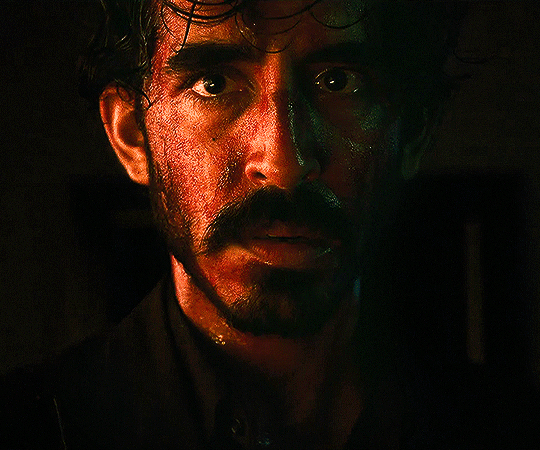


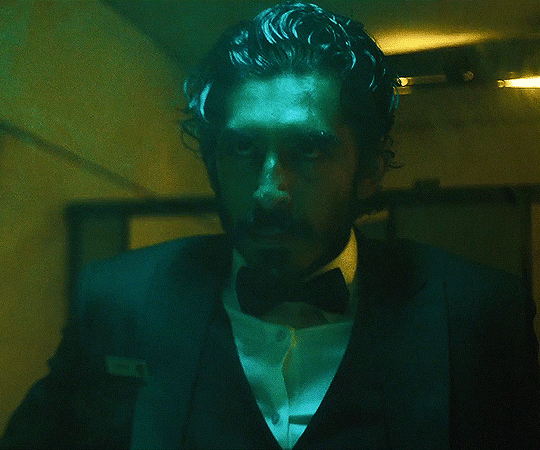



Dev Patel in Monkey Man (2024) | Official trailer
In this city, the rich don't see us as people.
3K notes
·
View notes
Text
romanticizing michael's brief relationship with apollonia that he used only for personal gain and power (BORING!) or being a kaymichael flop marriage enjoyer (awesome) (not weird)
#apart from the obvious reasons why apollonia and michael were icky from beginning to end and even as a concept#every romance with michael was doomed to failure because of who he turned out to be and the conflict with who he once was#BUT what makes michaelkay interesting is that SHE was the person to get away and fuck him up in the process#like mob boss haunted by the horros losing every bit of morality and goodness#kills his own brother and is willing to kill anyone who betrays him#is so fucked up by his wifes abortion as a way to leave and consciously fuck with him#that he does absolutely nothing#even though he lets nothing slide and is a catholic and has the sicilian honor tradition etc etc#he gives her the divorce and the custody of the children#watches as she marries another man and lives a happy life while he pines for her#until the day he dies alone with his guilt#he ruined her life but she ruined his life back. true tragic romance!
104 notes
·
View notes
Text


joan fontaine save me...save joan fontaine
2 notes
·
View notes
Text




eartha kitt photographed by carl van vechten, 1954
5K notes
·
View notes
Text


THESE THREE (1936)
42 notes
·
View notes
Text

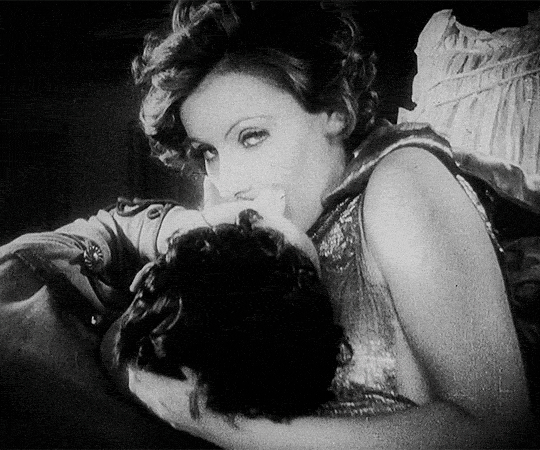

In the early 1930s, scholarly studies were done on the impact of screen stars on teenagers, because of fears that the movies were sexualizing them. These studies found that teenage girls learned sex techniques through watching Garbo’s sex scenes, especially those in Flesh and the Devil; they then practiced her techniques at home with their girlfriends. Raymond Daum described Garbo’s many young female fans as having “schoolgirl crushes on her” that “defined a national idolatry.” And knowledge of Garbo’s non-heteronormative sexuality was spread through lesbian networks “from coast to coast.” Moreover, the 1920s was an era of commercial expansion in which the ranks of saleswomen and typists, careers dominated by young women, increased. These women made enough money to see a movie more than once. They identified with female stars and liked to see them in powerful roles. Greta Garbo in Flesh and the Devil (1926)
9K notes
·
View notes
Text


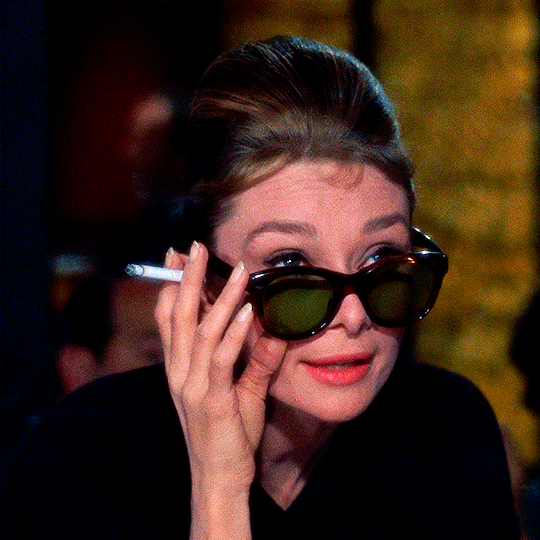
BREAKFAST AT TIFFANY'S (1961), dir. Blake Edwards
2K notes
·
View notes
Text

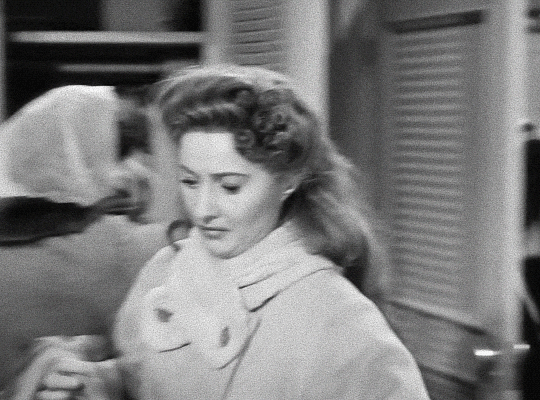
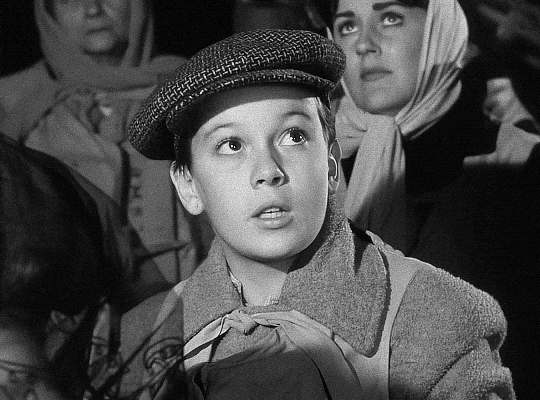



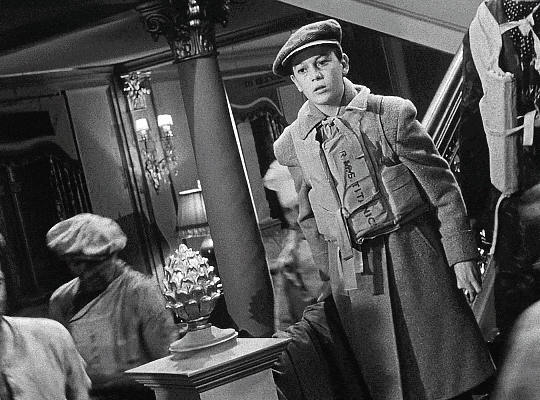


Titanic (1953) Dir. Jean Negulesco
422 notes
·
View notes
